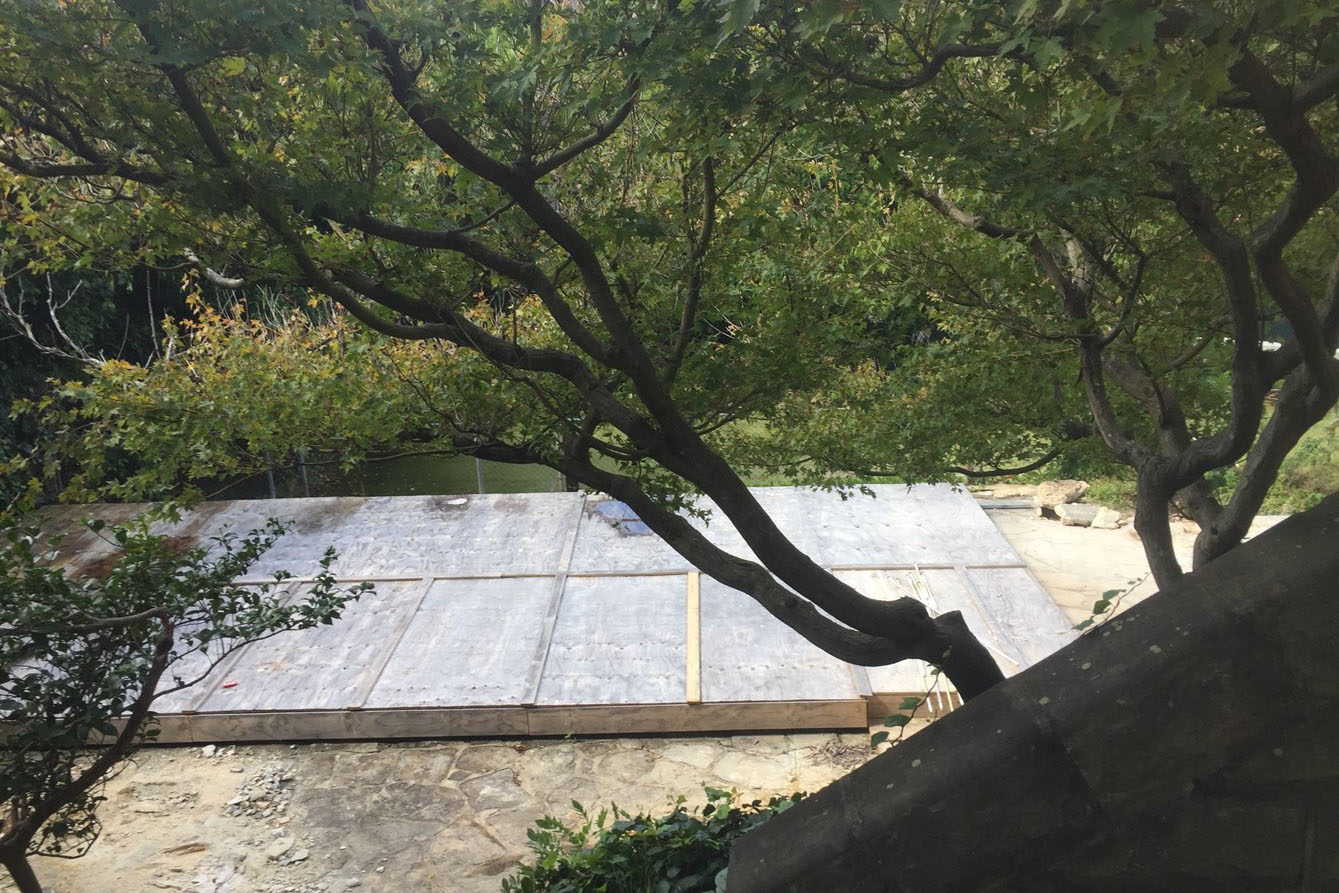Pool Remodelling ~ 3 Golden Rules
After years of use, swimming pools can lose their lustre, or worse, start showing signs of wear and tear. Functional issues like leaking might arise, or the form many no longer complement your garden or outdoor living space. Remodelling is always an option worth exploring, but there are some do’s and don’ts.
Every upgrade brings the opportunity to create something new and unique to your setting, using new materials and traditional craftsmanship. A well designed pool area can transform a home and increase its value significantly. It goes without saying that everything depends on good design and quality construction.
With thirty years experience in remodelling pools, working with some of the best architects and landscape designers, KMD’s Kieran Devlin gives his three golden rules for pool renovation.
You don’t always have to start from scratch
It’s a common misconception that if you don’t like the look of your pool, you have to fill it in or start from scratch. It’s true that as pools age, their coatings deteriorate, their interiors can start to peel, tiles fall off and pebblecrete begins to crack.
But this is just superficial, and if the structure is sound* the surface can be efficiently upgraded, transforming its appearance and extending pool life at a fraction of the cost of replacement. (*We run a full diagnostic check of the structural shell before making any recommendations.)
Retaining an existing pool structure is cost effective and helps minimise disruption to the surrounding gardens. But it can also be the tipping off point to adding some great bells and whistle in the upgrade. For instance, stripping back the coping (usually stone, brick or tile) can allow to create the base for a winter entertaining deck that slides away in summer.
Covering up decaying pools can lead to more issues down the track
Rust spots are an obvious warning sign that water has compromised the concrete structure and it may only be a matter of time before serious remediation is needed. Some pool companies might sell you on the idea of overlaying a new surface, but the structure is still corroding, so this only solves the aesthetic issue in the short term.
A good pool builder will investigate the problem source, which usually involves stripping back the pool interior, and advise on the best way forward. This is always a worthwhile investment, because if you’re spending serious money on remodelling a 20-year-old pool, you want it to last another 20 years!
Marblesheen pools can contain asbestos
A lot of pools built in the 1970s and 80s were lined in a cementitious material called Marblesheen, a product we know know contains asbestos. It’s not an immediate cause for concern. Marblesheen is generally safe as long as the interior is in good condition and left undisturbed. However, before undertaking any structural maintenance, repairs or renovation, you should have the pool tested for asbestos. Dealing with a Marblesheen pool if it contains asbestos is a lengthy and more complicated process, so keep this in mind when budgeting the pool remodelling.








